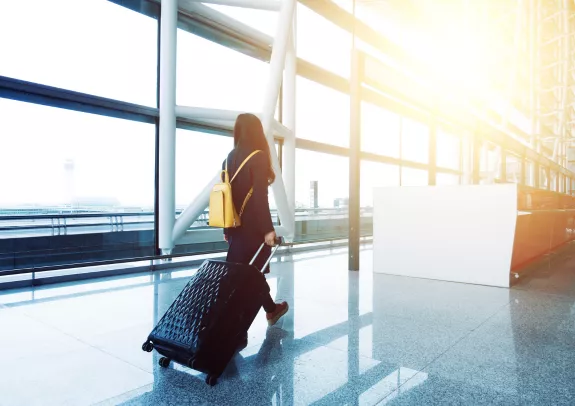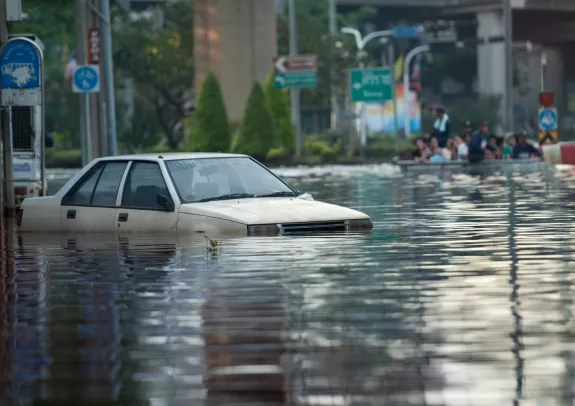The insurer's risk visit: what is it?
As the manager of a production site, your insurer informs you of an upcoming "risk prevention visit." You may wonder what it entails, what its purpose is, and what its objectives are. We will address your questions in this article!

First and foremost, it's important to understand that in order to insure an "industrial" site (warehouse, factory, high-rise tower, shopping center, etc.), your insurer has relied (in the vast majority of cases) on the information provided by you or your broker regarding fire or theft protection levels, building composition, nature of your operations, storage methods for hazardous products, etc. Based on this information, they conducted a feasibility study for coverage and proposed a contract that you have subscribed to.
However, this doesn't mean that your insurer will never visit you or verify the accuracy of the information provided during the subscription process! This is what is referred to as a "risk visit." This visit is not intended to penalize policyholders. Instead, it aims to adjust the contract clauses or insured amounts if necessary and to audit the preventive measures taken within the building, particularly regarding fire prevention. It also provides recommendations to minimize the occurrence of significant losses.
Such visits can also be conducted in the context of site redevelopment or expansion projects to allow the insurer to make recommendations in that regard.
A prevention engineer employed by your insurer or their subcontractor will conduct this risk visit, accompanied by your broker.
Conduct the risk visit
The visit typically consists of three phases:
- Briefing session:
- Introduction of participants
- General presentation of the site (history, production, key figures, security organization, etc.)
- Updates on site developments and upcoming projects
- Review of existing prevention plans (for periodic visits)
- Discussion on the preliminary documents
- Site visit, including buildings and installations
- Debriefing session: summary and update of recommendations
Depending on the site's size, the visit can last from a few hours to a full day or longer if necessary.
The participants usually include the Site Director, the security/environmental manager, and the production or maintenance manager.
Visit report
Following the meeting, the prevention engineer prepares a report that outlines the observed protection/prevention measures and provides recommendations for their improvement. The aim is to better prepare the site for a loss and, if it were to occur, minimize its magnitude. These recommendations are not contractual, unless the insurer imposes them during the coverage renewal negotiations. However, it is strongly recommended to follow them because if the same issues are consistently raised during subsequent visits, the insurer may reconsider insuring you, at least under the current conditions.
Therefore, it is important to keep your insurer informed of your progress in deploying and implementing the prevention plan. You can prioritize these measures as well, and their implementation can be spread out over time, even spanning multiple years.
Roederer : by your side during this visit
Roederer accompanies you before, during, and after these visits.
Before the visit:
- We assist you in preparing the necessary documents for the risk visit.
- We may conduct a preliminary visit if necessary.
During the visit:
- Your dedicated contact, and if necessary, our Technical Department, accompanies you during the visits and exchanges information with the company's prevention engineer regarding the proposed recommendations.
Afterward:
- We continue to support you in the implementation of prevention measures at your site, regularly remind you of priorities, and keep the company's prevention engineer informed.
If you have any questions or concerns, feel free to contact our experts!
À lire dans la même thémathique


